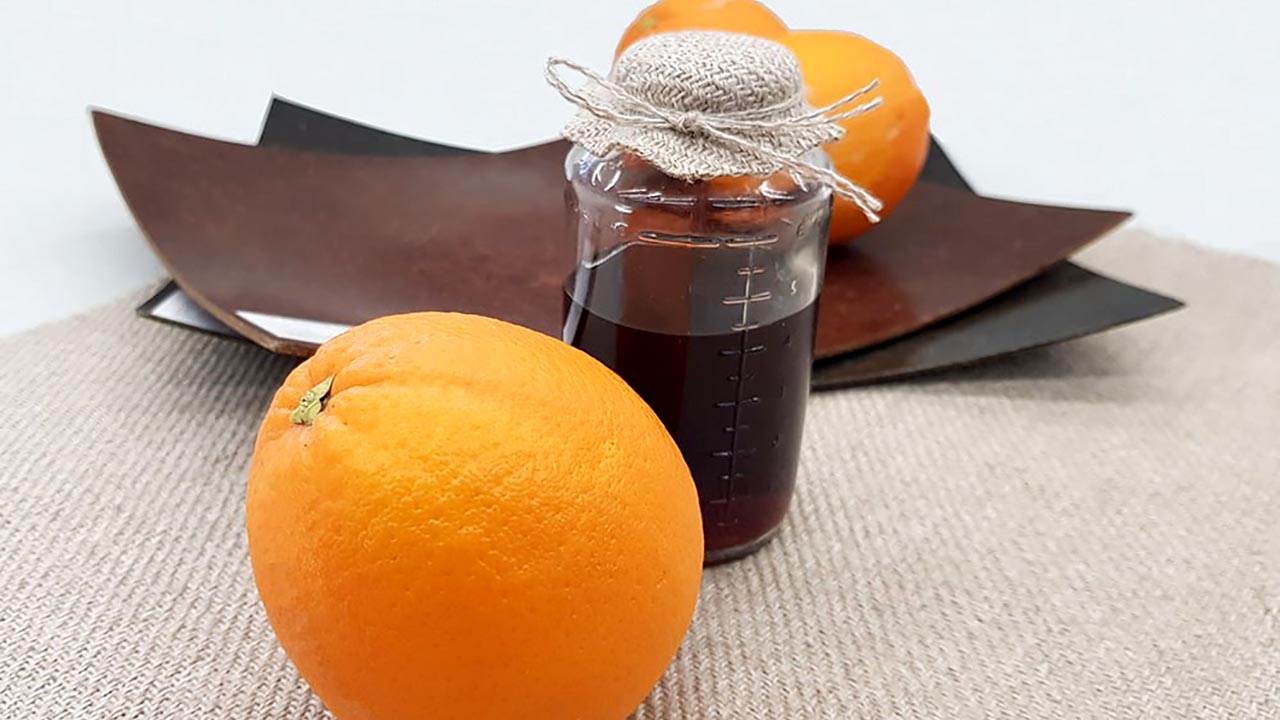Epoxy resin from orange peel
A German-Turkish collaboration recycles residual materials from the fruit juice industry into epoxy resins.

Bio-based - but not quite. That is often the case for sustainable building materials such as biofiber composites. Although natural fibers with excellent ecological and technical properties exist, resin is ultimately needed to turn them into the desired material. Until now, petroleum-based resin often had to be used because suitable sustainable alternatives are limited. Soon, things could be different: In the OrangeOil research project, which is funded by the German Federal Ministry of Economics and Technology, researchers are developing a bio-based epoxy resin.
Wide range of applications
Epoxy resins are used, for example, in the construction of rail vehicles, sports equipment, automobiles, architecture, ships and interiors. The epoxy resin to be produced in the German-Turkish collaboration could function as a resin layer for floor coverings or as a component in biocomposites. The Fraunhofer Institute for Microstructure of Materials and Systems IMWS, the SKZ Plastics Center and the TÜBITAK Marmara Research Center are involved in the project.
The resulting epoxy resin is not only to be biobased, its sustainability goes one step further: orange oil from orange peels, i.e. waste materials from juice and jam production, serves as the raw material. This avoids land use conflicts with the cultivation of food and animal feed or other renewable raw materials.
Optimize process and material
The researchers will analyze how the bio-based epoxy resin can best be produced and handled - covering the entire process from extraction of the orange oil to the pure resin and fiber composites. The goal is to optimally match the biogenic material to the process and characterize the properties of the resulting products.
In addition to the three research institutions conducting the study, there is also an accompanying committee. Interested companies can participate in this committee free of charge, help shape the research and keep up to date on the results. On the German side, the OrangeOil project is funded by the German Federal Ministry of Economics as part of the international CORNET program.
bl


